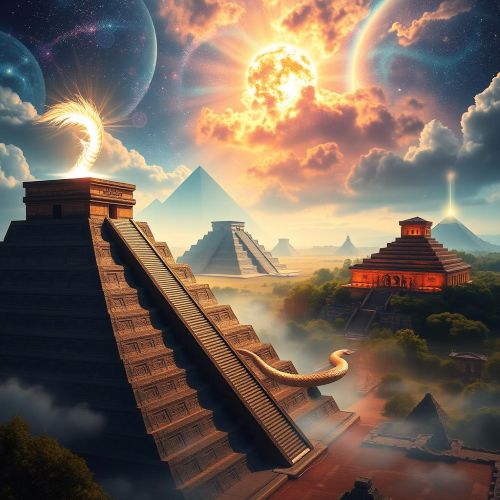Ankh Meaning: Unlocking the Symbol of Life in Egyptian Mythology
The ankh, one of the most iconic symbols from ancient Egypt, continues to intrigue historians, spiritual seekers, and artists alike. Often referred to as the “key of life” or the “cross of life,” this hieroglyphic symbol is deeply rooted in Egyptian mythology and spirituality. The ankh meaning goes beyond just visual symbolism—it embodies the core essence of existence, immortality, and divine protection.
The Origins of the Ankh
The ankh (☥) is shaped like a cross with a loop at the top. Though its exact origin remains debated, it first appeared in Egyptian art and writing during the Early Dynastic Period (c. 3150–2613 BCE). Some scholars suggest it may have originally symbolized a sandal strap, where the loop represented the toe strap, a practical item imbued with metaphysical importance. Others believe it was inspired by the sun rising over the horizon or even the union of masculine and feminine forces—reflecting creation and life itself.
Regardless of its physical inspiration, the symbol quickly transcended into a sacred emblem found in temples, tombs, amulets, and manuscripts.
Ankh as a Symbol of Life
At its core, the ankh meaning is “life.” In Egyptian hieroglyphs, the ankh was literally the word for “life” or “breath of life.” It represented both mortal existence and the promise of eternal life in the afterworld. Pharaohs, gods, and goddesses were often depicted holding an ankh, either offering it to a follower or receiving it from another deity. This visual indicated the transfer or gift of life energy.
Because of this, the ankh was also a popular amulet, believed to offer protection, vitality, and even the potential for resurrection. It was often buried with the dead, symbolizing hope for rebirth in the afterlife.
The Ankh in Religious Art and Iconography
Egyptian gods and goddesses are frequently shown holding the ankh in religious artwork. Deities like Osiris, Isis, Ra, and Anubis commonly feature the symbol in their hands, further amplifying its divine association.
One famous motif is a god holding the ankh up to the nose of a pharaoh or priest—this act symbolized the god breathing life into the individual, either in this life or the next. Another common depiction shows gods carrying the ankh by its loop, almost like a key, underscoring its association with unlocking the mysteries of life and death.
The ankh’s recurring presence in temples and tombs cemented its role as a sacred icon of divine and immortal life.
Symbol of the Sun and the Nile
Some interpretations connect the ankh meaning to natural elements that were central to Egyptian civilization. The loop at the top is sometimes viewed as representing the sun—essential for all life—while the crossbar and vertical line may symbolize the horizon and the Nile River, respectively. In this view, the ankh is a visual amalgamation of the key sources of sustenance for ancient Egypt: sunlight, water, and fertility.
This aligns with the beliefs of the sun god Ra, who was central to the Egyptian cosmology. Ra’s daily journey across the sky and his renewal each morning were symbolic of the eternal cycle of life, death, and rebirth—an idea captured perfectly by the ankh.
Cultural Influence and Continuity
Even though ancient Egyptian civilization has long since faded, the ankh’s significance continues today. In modern spirituality and pop culture, the ankh is often used to represent eternal life, divine energy, and spiritual awakening. It’s become a popular symbol in jewelry, tattoos, fashion, and even Gothic subcultures, where it’s sometimes called the “Egyptian cross.”
The ankh has also influenced the Coptic Christian cross, highlighting how religious and cultural symbols often evolve and overlap across time.
Modern Interpretations and Legacy
The ankh meaning resonates with people seeking deeper spiritual truths. As a visual representation of harmony, balance, and the union of opposites, the ankh remains a potent symbol in metaphysical and esoteric circles. It also finds relevance in Afrocentric movements, where it’s embraced as a symbol of African heritage, divine strength, and ancestral wisdom.
More recently, the ankh has appeared in modern media—films, video games, and literature—often used to convey mystery, immortality, or hidden power. From tomb raiders to futuristic sci-fi narratives, the ankh bridges the ancient with the modern.
No posts were found.









